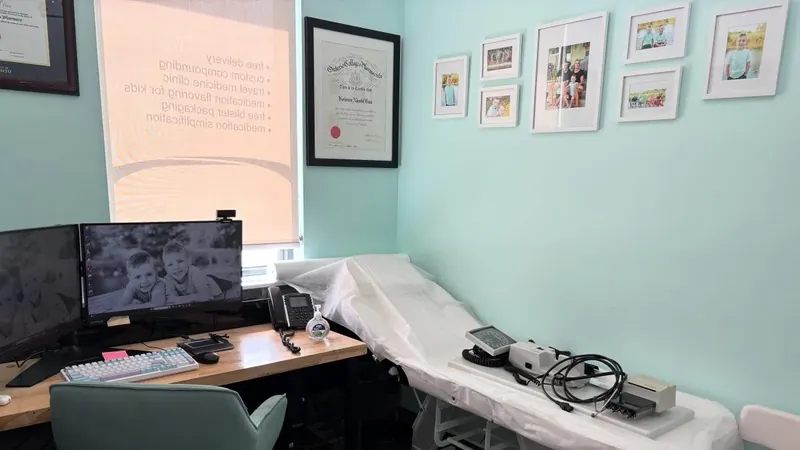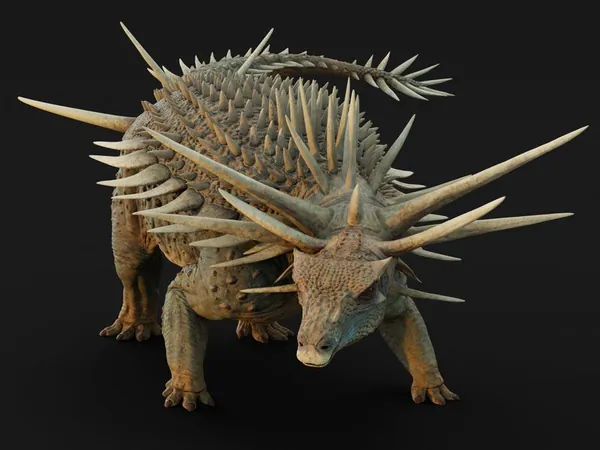
A Revolutionary Quest: Mapping Earth's Genetic Diversity by 2035!
2025-09-04
Author: Jacques
Unlocking Nature's Blueprint
Imagine understanding the genetic code of every living organism on Earth—from the majestic blue whale to the modest baker's yeast! Currently, scientists have only scratched the surface, having sequenced a mere 1% of the 1.67 million identified species. But the ambitious Earth BioGenome Project (EBP) aims to change all that by 2035.
The Earth BioGenome Project: A Game-Changer
This groundbreaking initiative was launched to create a comprehensive digital library of DNA sequences, allowing us to protect and preserve our planet's life amidst growing environmental threats. With over 2,200 scientists from 88 countries on board, including vibrant Indigenous research communities in the Global South, EBP is poised to make groundbreaking discoveries that could revolutionize food security, medicine, and conservation.
A Biological Moonshot!
Since kicking off in 2020, the EBP is now sequencing genomes at lightning speed—10 times faster than before! This 'biological moonshot' is fueled by innovative mobile labs designed to reach the most biodiversity-rich yet remote areas of our planet.
As Prof. Harris Lewin from Arizona State University points out, "As biodiversity loss accelerates, so must our work. We are transforming genomics into a global and inclusive effort through our growing digital 'genome ark.'"
Unraveling the Tree of Life
With 1,667 genomes published by late 2024, representing over 500 families of eukaryotes, EBP researchers are shedding light on evolution and genetic diversity—a key element for adaptation to environmental shifts. For instance, the project has helped scientists understand how Svalbard reindeer thrive in extreme Arctic conditions.
A New Phase of Ambition
As EBP enters its second phase, the stakes are higher than ever! The initiative aims to sequence 150,000 species within four years—targeting essential species for ecosystems, food security, and conservation. With a goal of collecting 300,000 samples, the pace is set to skyrocket at over 3,000 genomes per month!
Advancements in technology are crucial; sequencing costs have plummeted to a fraction of what they used to be, making this enormous undertaking increasingly feasible.
Empowering Local Scientists with Pop-Up Labs
One of the concept’s highlights is the 'genome lab in a box' (gBox). Designed to cater to remote communities, these self-contained labs enable local scientists to conduct genomic sequencing on-site.
As Prof. Juliana Vianna from Chile emphasizes, "We can change the narrative by generating data locally and addressing conservation challenges directly."
Investing in Our Planet's Future
With a projected Phase II cost of $1.1 billion, including a $500 million fund for local training and research, EBP is a sound investment. Overall, sequencing all eukaryotic species over ten years is estimated at $4.42 billion—less than the budget for the Human Genome Project!
This ambitious project isn’t just an advance in science; it’s a commitment to safeguarding biodiversity for generations to come. Prof. Blaxter sums it up perfectly: "Understanding the origins of life on Earth is as vital as understanding the universe itself."
Join the Quest!
The Earth BioGenome Project is not merely a scientific endeavor; it's a call to arms for preservation, education, and equity in science! Will you be part of this transformative journey?









 Brasil (PT)
Brasil (PT)
 Canada (EN)
Canada (EN)
 Chile (ES)
Chile (ES)
 Česko (CS)
Česko (CS)
 대한민국 (KO)
대한민국 (KO)
 España (ES)
España (ES)
 France (FR)
France (FR)
 Hong Kong (EN)
Hong Kong (EN)
 Italia (IT)
Italia (IT)
 日本 (JA)
日本 (JA)
 Magyarország (HU)
Magyarország (HU)
 Norge (NO)
Norge (NO)
 Polska (PL)
Polska (PL)
 Schweiz (DE)
Schweiz (DE)
 Singapore (EN)
Singapore (EN)
 Sverige (SV)
Sverige (SV)
 Suomi (FI)
Suomi (FI)
 Türkiye (TR)
Türkiye (TR)
 الإمارات العربية المتحدة (AR)
الإمارات العربية المتحدة (AR)